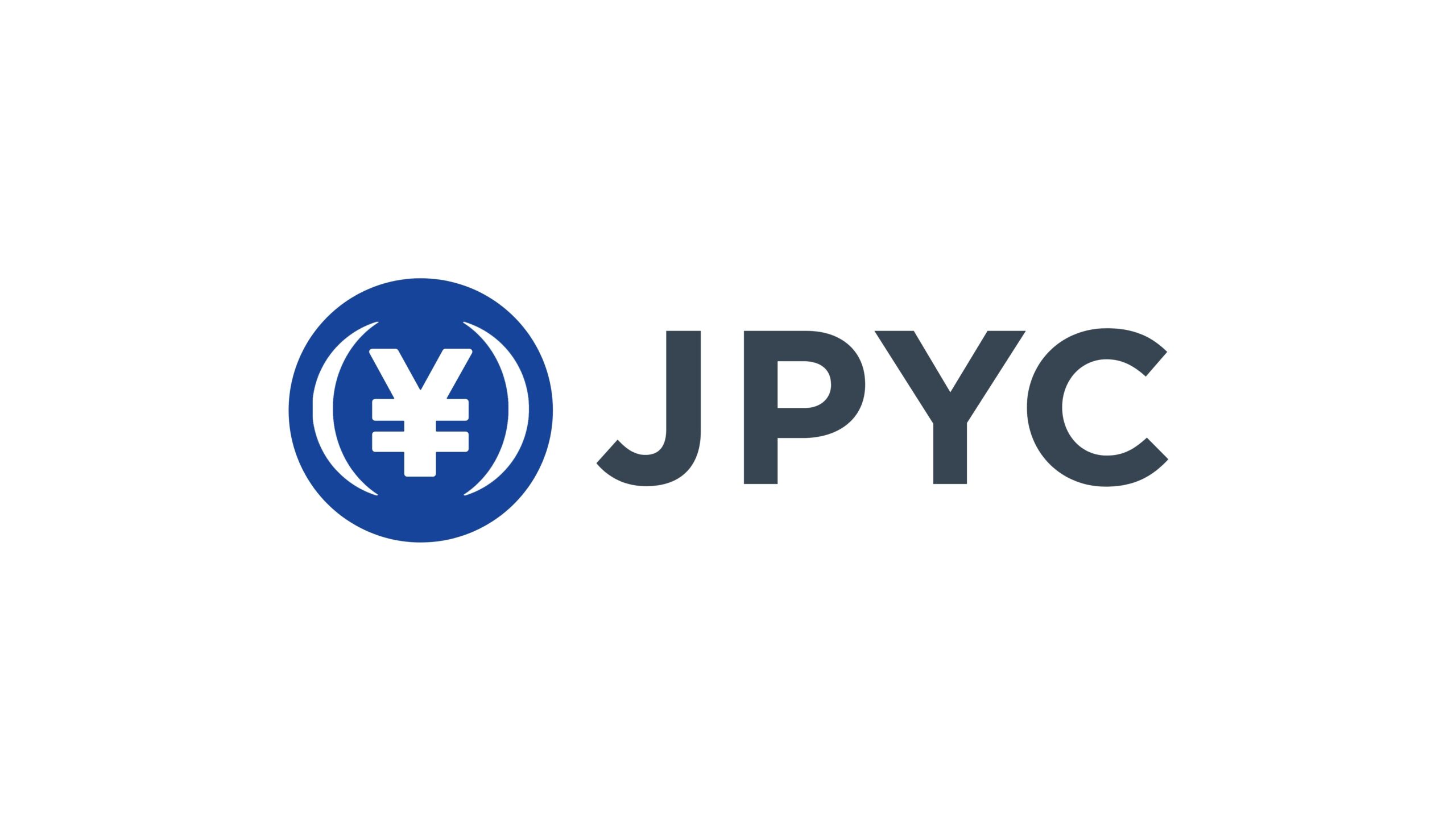AsiaTechDaily – Asia's Leading Tech and Startup Media Platform

Japan’s JPYC: The Stablecoin That Could Redefine the Yen’s Role in Global Finance
Japan’s introduction of the world’s first yen-backed stablecoin marks a careful yet intentional step toward merging financial stability with digital innovation, as the country looks to establish its own place in a market long dominated by the U.S. dollar.
Japan has taken a significant step toward digitizing its financial system with the launch of JPYC, the world’s first yen-pegged stablecoin. Issued by Tokyo-based fintech JPYC Inc., the digital currency is fully backed by domestic bank deposits and Japanese Government Bonds (JGBs) to maintain a 1:1 peg with the yen. While Japan remains a cash-heavy economy, the launch signals a cautious but deliberate effort to bring blockchain-backed payments into the country’s regulated financial framework.
Issued by JPYC Inc., the fintech startup’s digital currency is pegged 1:1 to the yen and fully collateralized by domestic bank deposits and Japanese Government Bonds (JGBs). The launch is more than a fintech milestone; it’s a policy experiment — a test of whether a highly regulated, asset-backed stablecoin can coexist with a traditional, tightly controlled financial system.
The Mechanics Behind JPYC
JPYC operates as a regulated electronic payment instrument under the Payment Services Act, giving it the kind of legal clarity most global stablecoins lack. Users can mint or redeem JPYC through the company’s newly launched platform, JPYC EX, which requires identity verification via Japan’s My Number ID system.
The coin supports multiple blockchain networks, including Ethereum, Polygon, and Avalanche, allowing users to send or receive JPYC in seconds — often at a cost below one yen per transaction. Each coin’s value is secured by equivalent yen reserves and JGBs held in domestic financial institutions.
Unlike most digital assets, JPYC’s revenue model doesn’t rely on user transaction fees. Instead, it earns income from interest accrued on its reserve assets. As CEO Noritaka Okabe explains, “We hope to spur innovation by giving startups access to low transaction and settlement fees. Increasing global interoperability would benefit us too, so we’re open to capital tie-ups.”
Challenging the Dollar’s Digital Dominance
The timing of JPYC’s launch is strategic. Stablecoins pegged to the U.S. dollar dominate more than 99% of global issuance, according to the Bank for International Settlements (BIS). These tokens — such as USDT and USDC — have thrived under U.S. regulatory momentum, including the recent GENIUS Act that encourages stablecoin adoption.
In contrast, yen-backed assets have been absent from the global digital landscape despite Japan’s large and liquid debt market. JPYC aims to change that. By offering a legally compliant, blockchain-based yen instrument, Japan is positioning itself to diversify the global liquidity pool and reduce overreliance on dollar-denominated settlements — particularly across Asia’s trade and finance corridors.
The startup plans to issue ¥10 trillion worth of stablecoins within three years, with the ambition of enabling cross-border commerce, institutional settlements, and enterprise-grade payments. If successful, JPYC could evolve into a regional currency bridge — especially for startups and SMEs seeking faster, cheaper international transactions.
Economic and Technological Significance
Beyond policy symbolism, JPYC could have real economic implications. The Japanese yen underpins a significant portion of global foreign exchange (FX) trade, with USD/JPY being one of the world’s most traded currency pairs, moving $300–$400 billion daily.
A blockchain-based yen instrument could:
- Digitize settlement flows that still rely on multi-day banking systems
- Lower cross-border transaction costs by up to 80%
- Increase on-chain liquidity for yen-denominated assets by 20–30%, according to analyst estimates
For decentralized finance (DeFi) markets, the implications are equally important. With the launch of JPYC, liquidity pools between yen and dollar stablecoins (like USDC/USDT) could facilitate on-chain foreign exchange trading — effectively moving a fraction of the $7 trillion global FX activity onto blockchain rails.
Cautious Optimism: The Challenges Ahead
Despite enthusiasm, experts warn that domestic adoption could take time. Japan’s consumers remain attached to cash, and even digital payment tools like QR codes and mobile wallets have taken years to gain traction.
Tomoyuki Shimoda, former Bank of Japan (BOJ) executive and professor at Rikkyo University, noted, “There’s a lot of uncertainty on whether yen stablecoins will become widespread in Japan. If megabanks join the market, the pace could accelerate — but it could still take at least two to three years.”
Indeed, Japan’s three largest banks are reportedly developing their own stablecoins — a move that could accelerate institutional acceptance but also create competition for JPYC.
Regulatory Balance: Innovation vs. Systemic Risk
Japan’s regulatory approach is both progressive and cautious. The Payment Services Act amendments of 2023 legalized stablecoins, but the Bank of Japan has continued to emphasize risk management.
Deputy Governor Ryozo Himino recently warned that stablecoins could one day replace bank deposits as a primary payment tool, potentially reshaping traditional banking structures. Such warnings underline the delicate balance between encouraging innovation and preserving financial stability.
However, the fact that JPYC’s reserves sit within Japan’s regulated banking system gives policymakers a layer of comfort — a signal that innovation can occur without bypassing oversight.
A Step Toward Digital Diplomacy
JPYC’s impact may extend beyond finance. In an era where currency influence equals geopolitical influence, Japan’s digital yen could become a strategic economic instrument. It could help the country strengthen trade settlements across East Asia and offer an alternative to dollar-based systems, especially as nations like China and South Korea advance their own digital currency projects.
While JPYC’s success is far from guaranteed, its existence alone signals Japan’s intent to compete in the digital currency race, not just as a participant but as a rule-setter — one focused on trust, regulation, and real-world utility.
Conclusion: Small Start, Big Signal
JPYC’s launch might seem modest in a market dominated by dollar stablecoins, but it’s a carefully constructed experiment with potentially global ripple effects. It reflects Japan’s strategy of controlled innovation — using its financial discipline to cautiously test blockchain applications that could redefine how national currencies function in digital ecosystems.
If JPYC succeeds, it won’t just make payments faster; it could make the yen digitally relevant again — turning a conservative financial culture into one of Asia’s most forward-looking examples of regulatory innovation.
Quick Takeaways
- Issuer: JPYC Inc., Tokyo-based fintech startup
- Launch date: October 27, 2025
- Peg & backing: 1 JPYC = 1 yen, fully backed by domestic bank deposits and Japanese Government Bonds (JGBs)
- Target circulation: ¥10 trillion (~US$66 billion) within three years
- Revenue model: Earns interest on JGBs and deposits, not transaction fees
- Market context: Over 99% of global stablecoins are pegged to the U.S. dollar
- Policy framework: Operates under Japan’s revised Payment Services Act
- Significance: Marks Japan’s entry into the global stablecoin race, aiming for cross-border utility and financial inclusion



